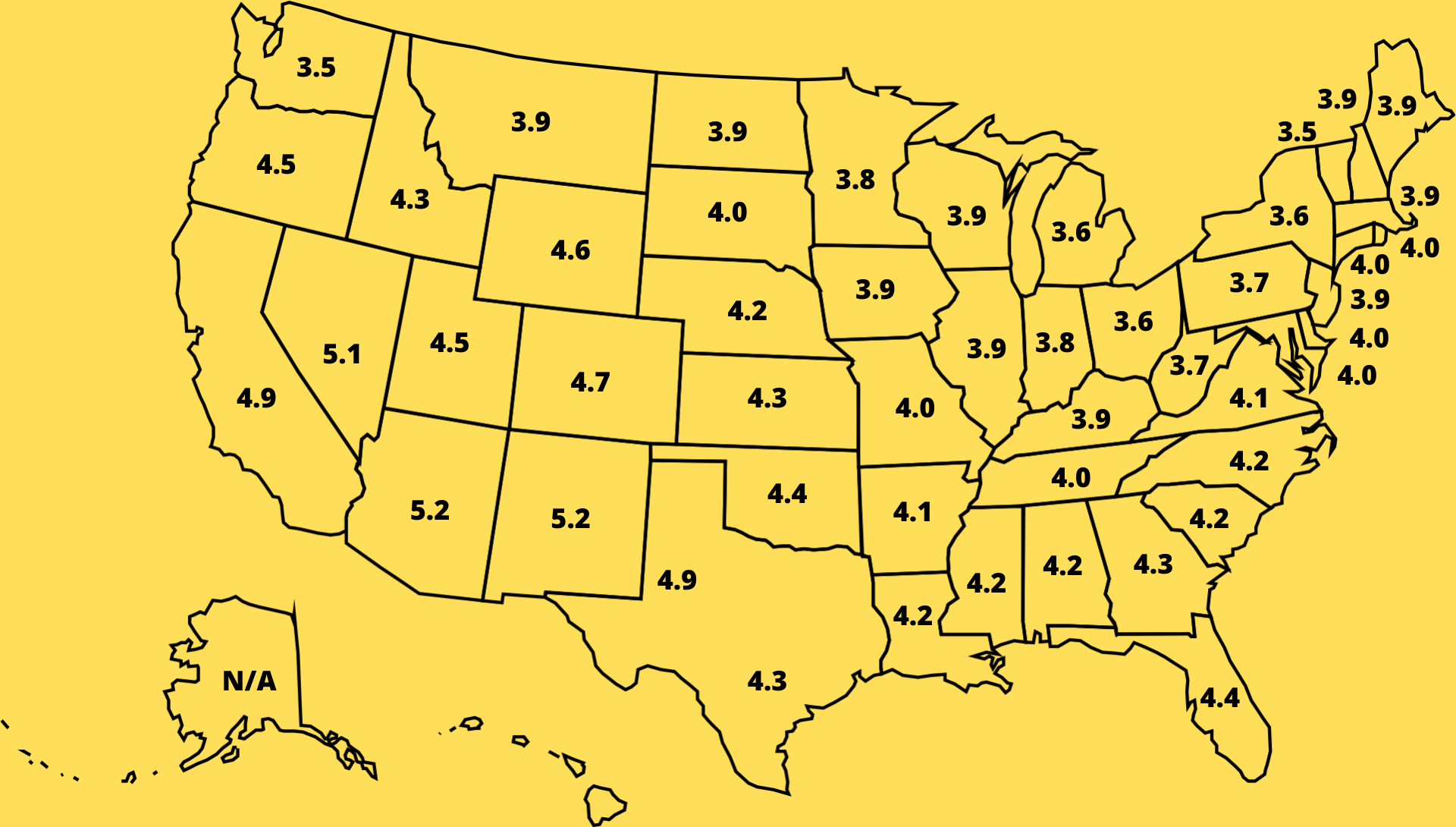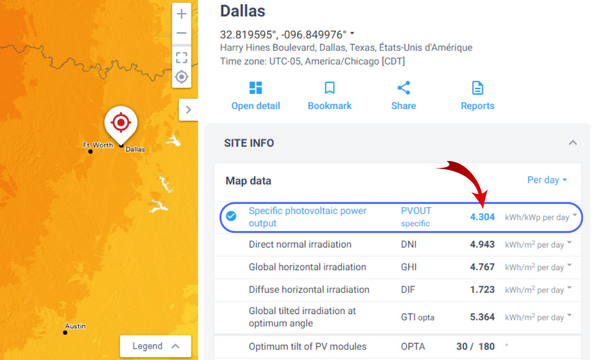How Many Solar Panels Do I Need For 2000 kWh Per Month

If you have a big house, a farm or you have a small business that uses an average of 2000 kWh of energy monthly, and you're thinking about installing a small solar power plant to meet a significant portion of your energy needs and reduce your electricity bill to the maximum.
You might want to figure out how many solar panels you'll need to generate 2000 kWh of solar energy monthly. In this blog post, you'll learn about the size of the solar system that suits you in your area to fulfilling all your electrical needs.
2000 kWh per month solar system
Here's an easy way to estimate the number of solar panels needed to generate 2000 kWh. It involves using an accurate tool called the Global Solar Atlas. This tool takes into account all possible variables that affect the daily production of solar panels in a specific area, such as the average peak sunlight hours, temperature, the tilt angle, and direction of the solar panels, as well as shading.
Before calculating the number of solar panels required, let us briefly explain how these factors affect the production of solar panels.
Solar irradiation (The average peak sun hours)
The amount of sunlight depends upon two things: geographic location (latitude, climate, and weather patterns) and season.
The solar energy potential of the area plays a crucial role in determining the amount of power that solar panels will produce. Areas that are closer to the equator receive more sunlight throughout the year and therefore have a higher photovoltaic power potential.
The solar irradiation available in a particular area changes throughout the year based on the seasons. In summer, days are longer and the amount of sunlight is higher, while in winter, days are shorter and solar radiation is lower.
In general, in U.S. states that receive a high amount of sunlight (southwestern states) require fewer solar panels than states that receive less sunlight.
Solar panel tilt angle and orientation
Shading
In general, having shading from nearby buildings or trees even a small amount can significantly reduce solar panel production.
Temperature
How to calculate the number of solar panels needed for 2000 kWh per month?
As we mentioned previously, the production of a solar array is directly related to the amount of sunlight available for the solar panels to convert into electrical energy, which is also called peak sun hours.
For example, if you live in Dallas, Texas where the average peak sun hours per day is 4.7 (Global horizontal irradiation = 4.7 kWh/m² of sunlight energy).
In our example, this means that 1 kW of solar panels in Dallas, Texas can produce 4.3 kWh per day, and 130 kWh per month.
The graph below shows the PVOUT (average number of kWh generated by one (1) kW solar system per day) in each U.S. state. Data source: Solar Global Atlas

I've also compiled in the table below the average peak sun hours and the average PVOUT per day in each of the 10 most populous U.S. states. Data source: Solar Global Atlas.
|
State |
Average Peak Sun Hours Per Day |
Average PVOUT Per Day (kWh/kWp) |
|---|---|---|
|
California |
5.3 | 4.9 |
|
Texas |
4.8 | 4.5 |
|
Florida |
5 | 4.4 |
| New York | 3.8 | 3.6 |
| Pennsylvania | 4 | 3.7 |
|
Illinois |
4.2 | 3.9 |
| Ohio | 3.7 | 3.6 |
|
Georgia |
4.7 | 4.3 |
|
North Carolina |
4.5 | 4.2 |
| Michigan | 3.7 | 3.6 |
To calculate the number of panels needed, the following steps can be used.
First, to produce 2000 kWh per month, our solar panels system must produce 66.67 kWh per day (2000 kWh / 30 days).
In states where the peak sun hours reaches 3.5-4 hours per day. 1kW solar system can generate an average of 3.6 kWh (3600 Wh) per day.
Therefore, a 380W solar panel can generate in a day = (3600Wh x 380W) ÷ 1000W = 1368 Wh.
The required number of solar panels to produce 66.67 kWh per day = 66.67 kWh / 1.37 kWh = 49 solar panels.
In states where the peak sun hours reaches 4-5 hours per day. 1kW solar system can generate an average of 4.2 kWh (4200 Wh) per day.
Therefore, one 380W solar panel can generate in a day = (4200Wh x 380W) ÷ 1000W = 1596 Wh.
The required number of solar panels to produce 66.67 kWh per day = 66.67 kWh / 1.59 kWh = 42 solar panels.
In states where the peak sun hours reaches 5-6 hours per day. 1kW solar system can generate an average of 4.5 kWh (4500 Wh) per day.
Therefore, one 380W solar panel can generate in a day = (4500Wh x 380W) ÷ 1000W = 1710 Wh.
The required number of solar panels to produce 66.67 kWh per day = 66.67 kWh / 1.71 kWh = 39 solar panels.
Summery
A home or business that consumes 2,000 kWh of electricity each month in Michigan will need 49 380-watt solar panels (18.6 kW solar plant) to meet its energy needs, while a home or business in North Carolina will only need 42 numbers of 380W (16 kW solar station) to produce the same amount, the required number drops to 36 solar panels (13.6 kW solar station) for a home in California.
As you can see, the number of solar panels needed, or in general the size of the solar array (in kW) required, varies from one state to another, and the number can also vary greatly from one region to another within the same state, such as Texas.
You can use the formula below to determine the number of solar panels you’ll need to get 2000 kWh per month in the area where you live.
The formula:
Number of solar panels = Target kWh output per day ÷ (PVOUT per day x panel wattage x1000)
- Target kWh output per day is 66.67 kWh = 2000kWh/30day.
- PVOUT per day: refer to the graphic above or use Global Solar Atlas.


